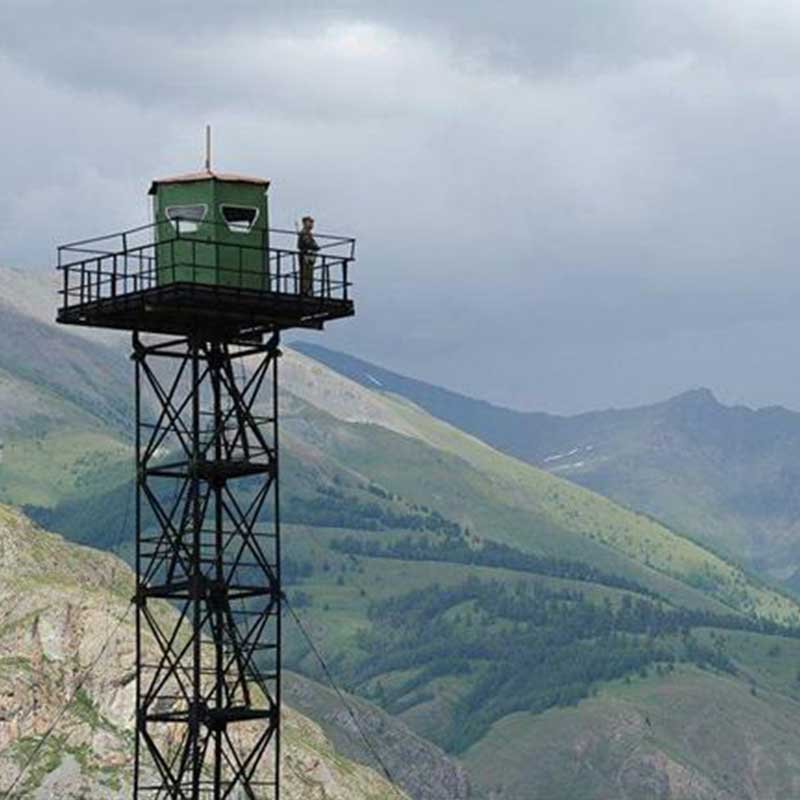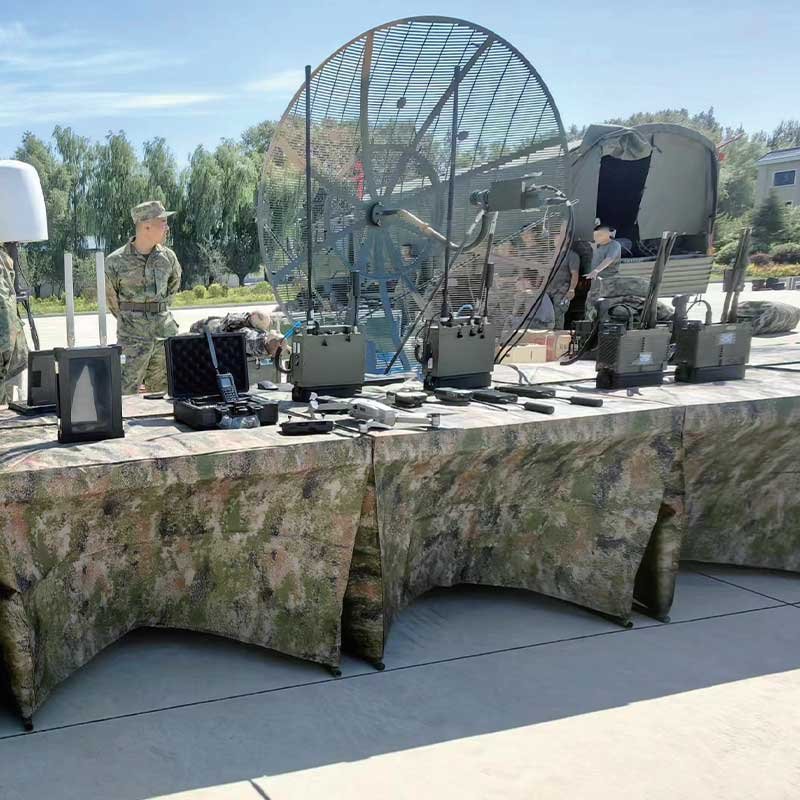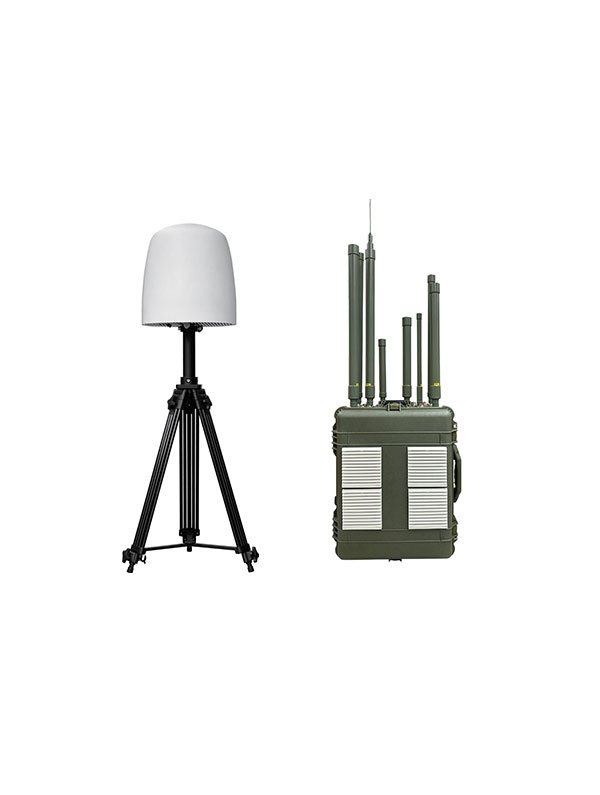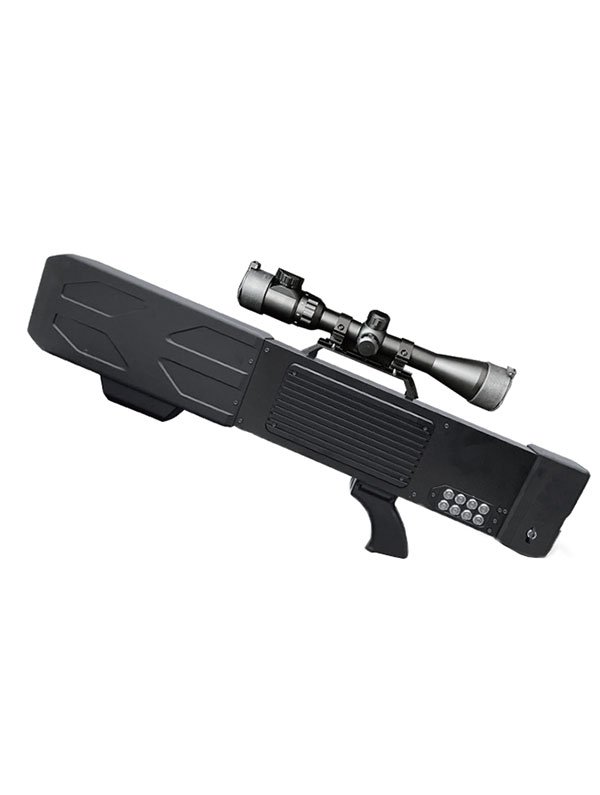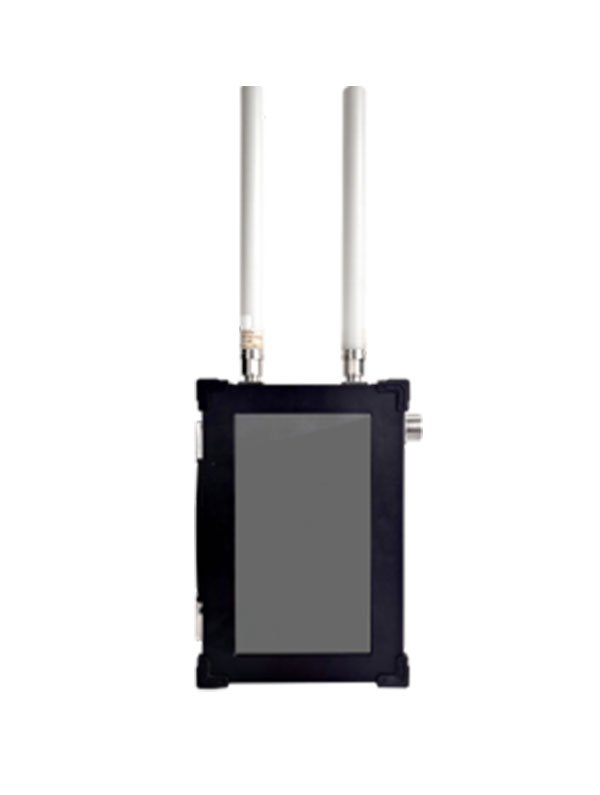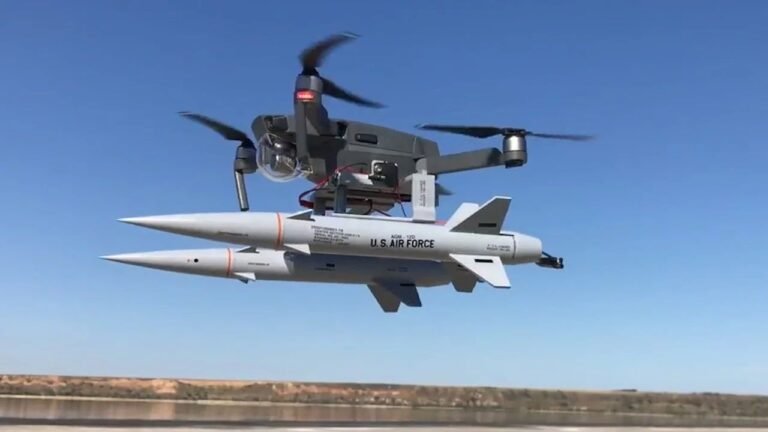Because civilian drones carry high-definition image-capture equipment, they can achieve some of the military reconnaissance capabilities that were only possible with military reconnaissance aircraft in the past. Compared with traditional aircraft such as military reconnaissance aircraft, civilian drones are characterised by low flight altitude, slow flight speed and small fuselage size, which makes it possible for civilian drones to be used by spies for military espionage from time to time, and military bases and troop locations should be strengthened to prevent civilian drones from being used.
Specific program
In accordance with the characteristics of military restricted areas, project construction suggestions, and the overall requirements for drone control in military restricted areas, we have constructed a three-dimensional anti-drone security defense system. This system can achieve the full-process control of drones, including “pre-planning, early warning, identification, positioning, tracking, and handling”. In extreme cases, if conventional methods cannot achieve defensive effects, the system can accurately locate drones and remote controllers, and carry out capture.
- The Integrated Detection and Interference System is composed of an unmanned aerial vehicle (UAV) detection system and an omnidirectional UAV interference system. It supports full-spectrum detection and interference, and features a whitelist/blacklist function, allowing the addition of owned UAVs to the system’s UAV identity list. When owned UAVs are in flight, the system will not trigger alarms or carry out interference operations, ensuring the normal passage of owned UAVs.
- The drone detection and countermeasure gun adopts a portable design for convenient and rapid deployment, operable by a single person. The device integrates detection and countermeasures, with a detection range of up to 3KM and an interference range of 2KM. When both friendly and enemy drones appear simultaneously, the integrated detection and countermeasure device can be flexibly deployed for targeted countermeasures against invading drones.
- The Drone controllers positioning device can accurately display information such as the body serial number, model, location, speed, altitude, flight path, and controller location of the target drone in extremely special circumstances, such as when the detection and strike equipment is under maintenance or malfunction. It integrates drone detection and identification, early warning positioning, and trajectory tracking functions, can implement capture, and comprehensively ensure low-altitude safety.
Specific cases
Defense Strategy: Radio Detection Equipment
Solution Introduction: The radio detection equipment is a crucial component for the detection and countermeasure of unmanned aircraft within a military unit. The equipment has a detection radius of up to 7 kilometers, providing a wide coverage area. It features one-click automatic search and intelligent detection capabilities, making it highly efficient in identifying and locating unauthorized drones. Once the automatic detection mode is set, there is no need for personnel to be constantly on duty, as the system operates independently.
The radio detection equipment leverages advanced technologies to analyze and interpret radio frequency emissions associated with drone operations. It actively scans and monitors the electromagnetic spectrum, detecting and distinguishing drones’ control signals and communication protocols. With its extensive range and intelligent capabilities, this equipment enables military units to proactively identify any potential threats posed by unmanned aircraft in their operational area. This enhances the unit’s overall security and allows for timely countermeasures if necessary.
The radio detection equipment provides military personnel with a reliable and effective means of detecting and localizing unauthorized drones within a significant radius. Through its advanced features and autonomous operation, it minimizes the need for constant human monitoring and enhances the unit’s situational awareness. The implementation of this solution reinforces the military unit’s ability to mitigate risks, protect assets, and ensure the security of its operations against the escalating drone threats.

